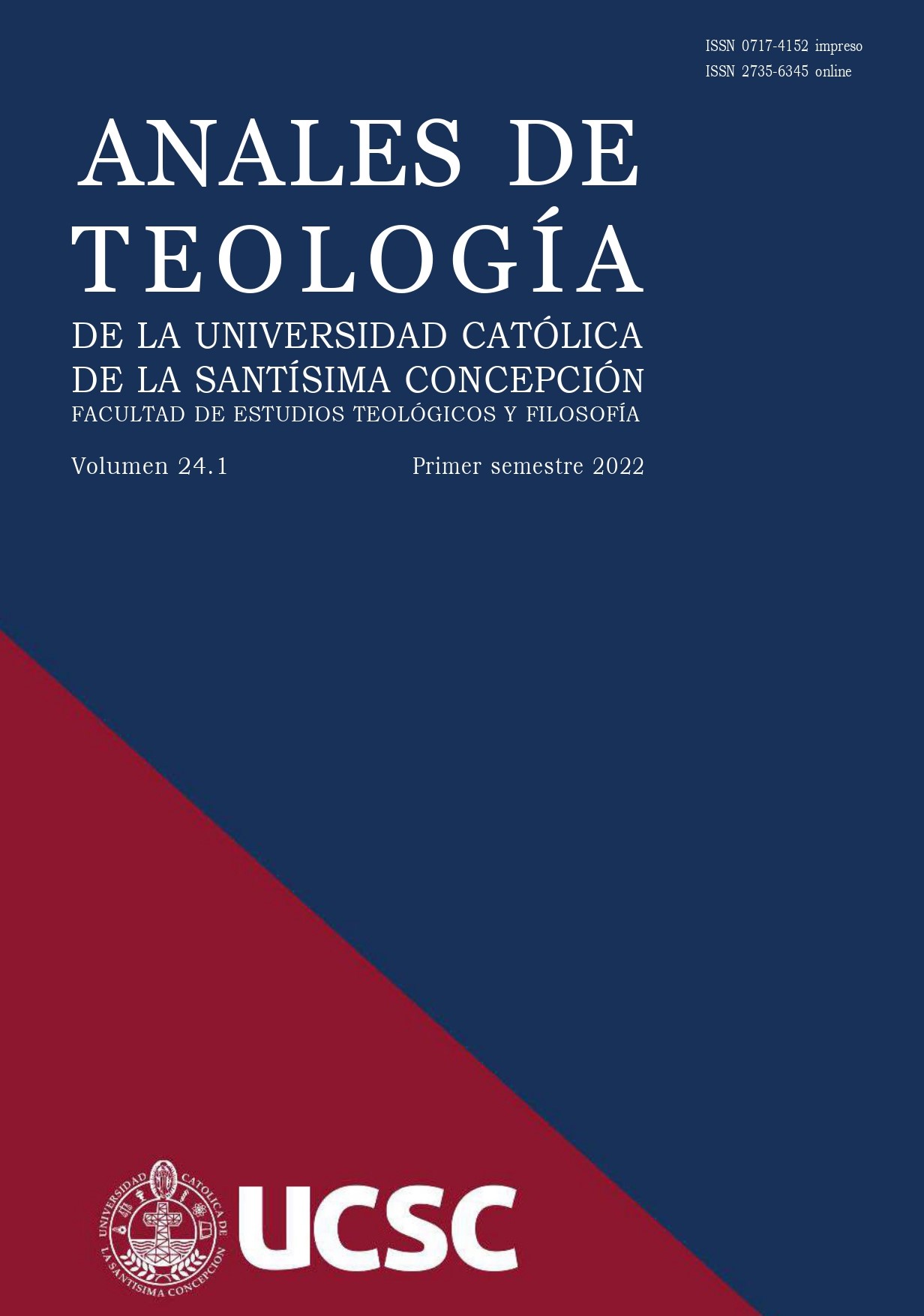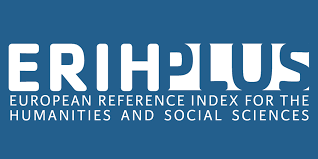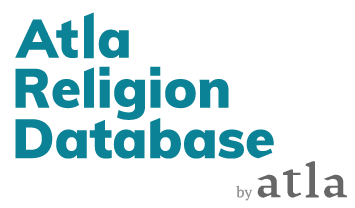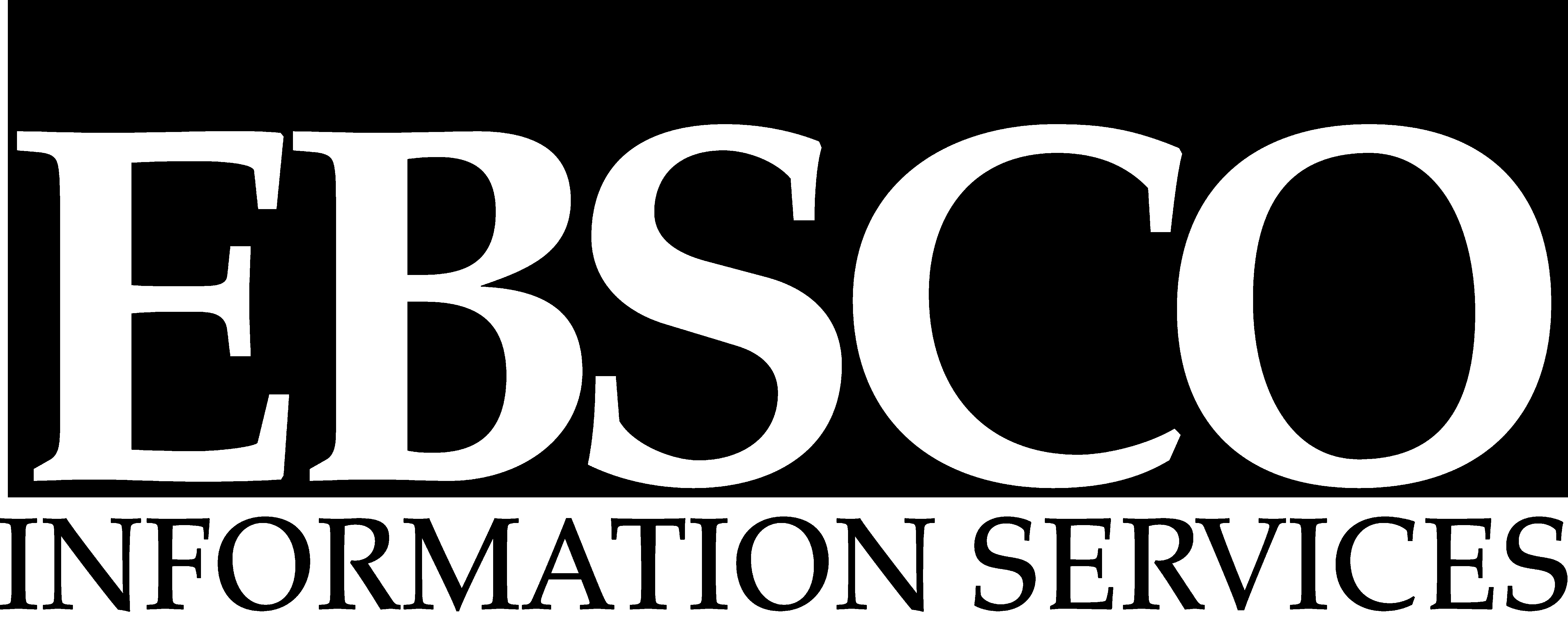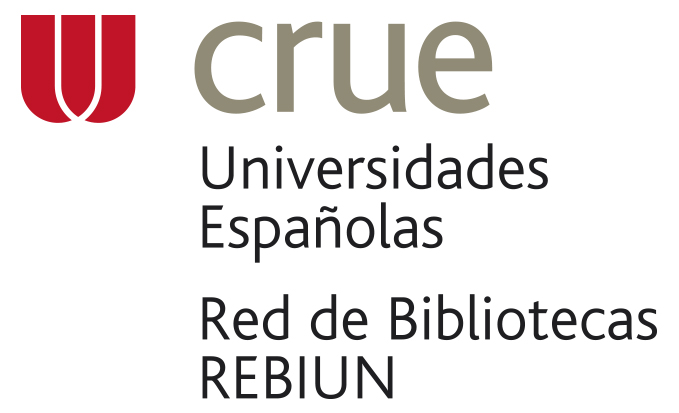CONSCIOUSNESS AND FREEDOM AS EXPRESSIONS OF THE SUBJECTIVITY AND FUNDAMENTAL CONSTITUENT OF HUMAN EXISTENCE IN JUAN ALFARO’S THEOLOGICAL THOUGHT
DOI:
https://doi.org/10.21703/2735-634520171911856Keywords:
Subjectivity, consciousness, freedom, grace, person, self-presence, self-possession, self-donationAbstract
The anthropological turn established by Vatican II meant for the spanih Jesuit Theo-logian Juan Alfaro −among other things− the possibility to develop a theology essen-tially linked to a solid anthropological reflection. For this purpose, he understood that cathegories framed in formal essentialism (reduced to the “thing”) should give way to those of person, subjectivity and history, utilizing for this the trascendental phenom-enological method.This entailed, in consequence, to dedicate himself assiduously to the existential analysis of anthropological infrastructures involved in Christian ex-istence in order to penetrate into the understanding of one of the major theological challenges: the opening of the finite spirit to the unlimited horizon of being. Within those anthropological structures, consciousness and freedom are certainly found, un-derstood them both as the dimensions that configure human subjectivity.
This article aims precisely to sketch a small sample of this theological commit-ment of Alfaro, where subjectivity stands as the convergence area between God and man, that generates an existential tension on him, and that orientates him towards his self trascendence.
Downloads
Downloads
Published
Issue
Section
License

This work is licensed under a Creative Commons Attribution-NonCommercial 4.0 International License.
The Anales de Teología is an open access journal and does not charge for publication. In addition, it regulates its Copyright and access policy according to the Creative Commons Attribution-NonCommercial 4.0 International Public License (CC BY-NC 4.0), therefore sharing (reproducing and distributing the material in any medium or format) and adaptation (modifying, transforming, and creating from the material) is allowed as long as proper credit is given and the citation is included with the corresponding data. Moreover, it is not allowed to use the material for commercial purposes.
